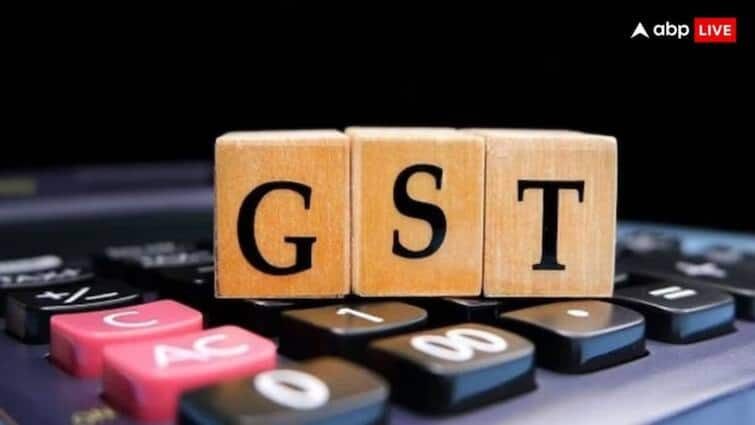By Amit Mittal
Since its launch in 2017, the Goods and Services Tax (GST) has completely revolutionised India’s indirect tax landscape. Roll-up of a host of taxes into one singular regime, GST aimed at making compliance easier, curbing tax cascading, and helping build a common national market. And now, nearly eight years later, the sequel, commonly referred to as GST 2.0, is here, with the potential to simplify the tax load further, enhance liquidity, and unlock new opportunities, mainly for Micro, Small, and Medium Enterprises (MSMEs) that are the backbone of Indian manufacturing.
Rationalising Tax Slabs: A New Direction for GST
The most eagerly awaited element of GST 2.0 is the rationalisation of tax slabs. The GST regime now has four major slabs: 5 per cent, 12 per cent, 18 per cent, and 28 per cent. But now policymakers are thinking of the structure being two rates, mainly 5 per cent and 18 per cent, with a standalone 40 per cent rate for luxury products.
According to this new proposal, 99 per cent of what is taxed at 12 per cent now would go to 5 per cent, reducing the burden on common items significantly. Likewise, nearly 90 per cent of the goods in the 28 per cent slab would move to 18 per cent, and mid-level and capital goods will be inexpensive for the manufacturer as well as the consumer.
Sustainable Businesses and GST 2.0
One of the less-discussed benefits of GST reform is that it can help speed up India’s transition to sustainable businesses. By reducing the cost of sustainable goods like recyclable packaging, green materials, or energy-efficient products through lower GST rates, MSMEs can become aligned with not just consumer preferences but India’s own agenda of green growth.
A rationalised tax regime would put even terms for green products, where MSMEs will invest in sustainability-driven innovation.
GST 2.0 and Its Effect on MSMEs
Increased Affordability, Increased Demand
Shift from higher slabs to 5 per cent or 18 per cent translates into cost savings passed down to end consumers. Morgan Stanley points out that this can unleash a stimulus of 0.5–0.6 per cent of GDP. Lower rates than current ones can directly stimulate demand, particularly during festivals.
Simplified Compliance and Tax Planning
Lower tax slabs naturally reduce errors in classification and regulatory issues for MSMEs. Less time taken in GST classification enables freeing up of resources to be invested in core manufacturing activities.
Relief in Cash Flows through Input Tax Credits
High tax rates and quick recovery of input tax credits can go a long way in alleviating the working capital crunch to which MSMEs have been subject for years.
Digital Push and Phased Formalisation
GST redesign is more than a slab redesign. It’s a part of a more comprehensive effort towards “ease of living” with technology-enabled filing, simplified registrations, and streamlined refund processes. Improved digital infrastructure facilitates MSMEs’ formalisation of activity, access to credit, and access to new markets.
Export Competitiveness
With tax certainty and lower cascading effects, MSME export units will be able to competitively price in the international market, especially where refunds are unilateral.
Critical Issues to Address
Revenue Gap Concerns
The estimated annual revenue loss, up to 0.3 per cent of GDP, is a serious concern for states that depend heavily on GST collections.
Lags in Implementation
In accordance with experience in industrial towns such as Ludhiana, industries are calling for speedier roll-out; any delay in refunds or policy implementation could disrupt investment and procurement plans, slowing down overall business momentum.
Resource Gaps for Upgrade of Compliance
While large companies can plan ahead with ERP systems, some MSMEs might need to be aided in technology adoption for a successful implementation of GST 2.0.
What MSMEs Anticipate from GST 2.0
In order to derive the full benefit of the GST reform, MSMEs demand speedy implementation, preferably by Diwali, to augment festive season demand. They also demand faster refund of input tax credit, digital compliance support targeted at them, and well-designed compensation mechanisms for states for the stability of policy, as well as ease of doing business within the sector.
For MSMEs, who account for nearly 30 per cent of India’s GDP and 50 per cent of its exports, GST reform can be a game-changer. Simplified, growth-oriented tax policy has the potential to unleash efficiency, open up markets, and drive formalisation. The highest barrier perhaps has been data and complexity in compliance; GST 2.0 promises cost relief, clarity, and confidence, but only if it is implemented wisely and inclusively.
(The author is Founder and MD, Chandpur Paper)
[Disclaimer: The opinions, beliefs, and views expressed by the various authors and forum participants on this website are personal and do not reflect the opinions, beliefs, and views of ABP News Network Pvt Ltd.]



